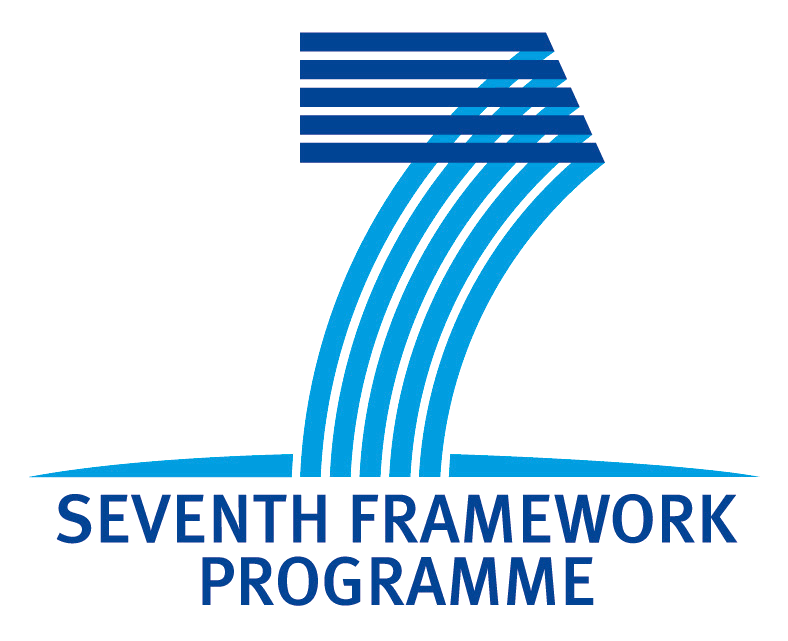MOLTO use scenarios and the market segment
The scope of applicability for MOLTO translation is a function of the domain and language coverage. The locale and grammar coverage at the start of the project was fixed by the apported GF resource grammar library. One of the main tasks of the MOLTO project is to provide tools for extending domain coverage and the associated lexical coverage by MOLTO translation users themselves. The tools should make it feasible for user communities to extend MOLTO translation to new domains and vocabularies. The market segment that can be targeted by MOLTO tools by the end of the project is in turn a function of the availability and efficiency of these tools and thereby the potential coverage of MOLTO translation. We are aiming at making it feasible to build and use domain specific grammars with lexicons in the order of thousands of words (instead of hundreds).
The two properties: restricted coverage and predictable input, restrict the market segment to production (dissemination). The constrained language property means MOLTO will not offer a replacement for CAT, i.e. translation tools that help human translators with complex third party authored documents which they are not allowed to modify. But MOLTO translation can be added an additional facility in the CAT toolkit. Conversely, traditional TMS facilities may add value to the application and extension of MOLTO methods. These ideas are explored in WP 3.
MOLTO remains at the core a tool for constrained language multilingual generation. Its potential strengths are 1) multiple simultaneous target languages and 2) reliable enough quality for blind translation (translation from a known language to unknown languages). 2) can only be obtained if the quality is higher than human translation. In practice, some level of human revision is probably going to be needed, but the need can be significantly less than in current workflows.
From this, we conclude that the most promising market segment for MOLTO translation is constrained language content localization. In current translation industry, there is a more or less clear split between interface localization, which involves translation of fixed short strings from a list of interface messages by professional or volunteer translators, and content translation, which is mostly done outside of the website using CAT tools.
MOLTO targets an as yet less explored and little exploited niche between them, viz. multilingual content localization of constrained language content. Typical use cases are a webstore inventory, a museum guide, rule generated correspondence, or formulaic parts of a more complex document type (say descriptions of chemical formulas in a patent). Here the content is already regulated and predictable.There are further such scenarios beyond those included in MOLTO use cases, typically involving some database generated information (e.g. product descriptions, user guides, chemical manufacturer's data sheets, job tickets, medical reports). In some such scenarios. real time blind translation to multiple languages would be a major selling point.
In the MOLTO translation scenario related to this market segment, there is a close interaction between some database/ontology and a human/ruleset that generates the text to translate, and the translation process itself. The content to translate can co-evolve with the grammar by which it is translatable. Such use cases will be tested in the MOLTO semantic wiki platform.
If or as the vision of Linked Data becomes reality, there is bound to be a growing demand for natural language verbalization of the web of linked data ontologies. The Web of Data is supposed to become an additional layer of the web that is tightly interwoven with the classic document Web and has many of the same properties:
- The Web of Data is generic and can contain any type of data.
- Anyone can publish data to the Web of Data.
- The Web of Data is open, meaning that applications do not have to be implemented against a fixed set of data sources, but can discover new data sources at run-time by following RDF links.
In particular,
- Data publishers are not constrained in choice of vocabularies with which to represent data.
- Data is self-describing. If an application consuming Linked Data encounters data described with an unfamiliar vocabulary, the application can dereference the URIs that identify vocabulary terms in order to find their definition.
The growing linked data cloud can create a growing market segment for a matching linked cloud of multilingual MOLTO ontology verbalizers. Ontotext's GF based natural language query interface into Ontotext linked data is a first application of MOLTO resources in this direction. As the review points out, a generalization of the ad hoc ontology/GF mappings the KRI and museum cases gets a high priority here.
- Printer-friendly version
- Login to post comments
- Slides
What links here
No backlinks found.


